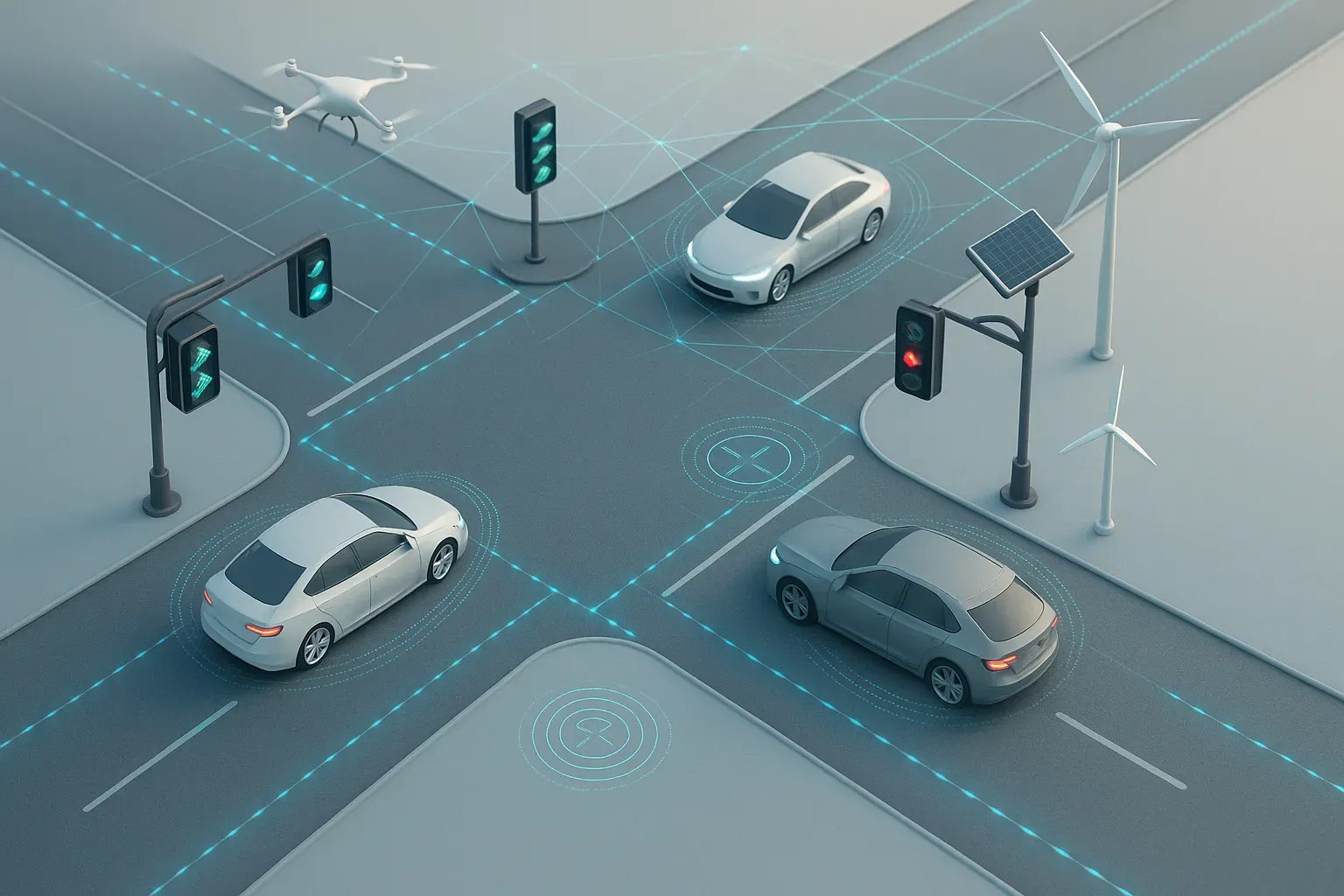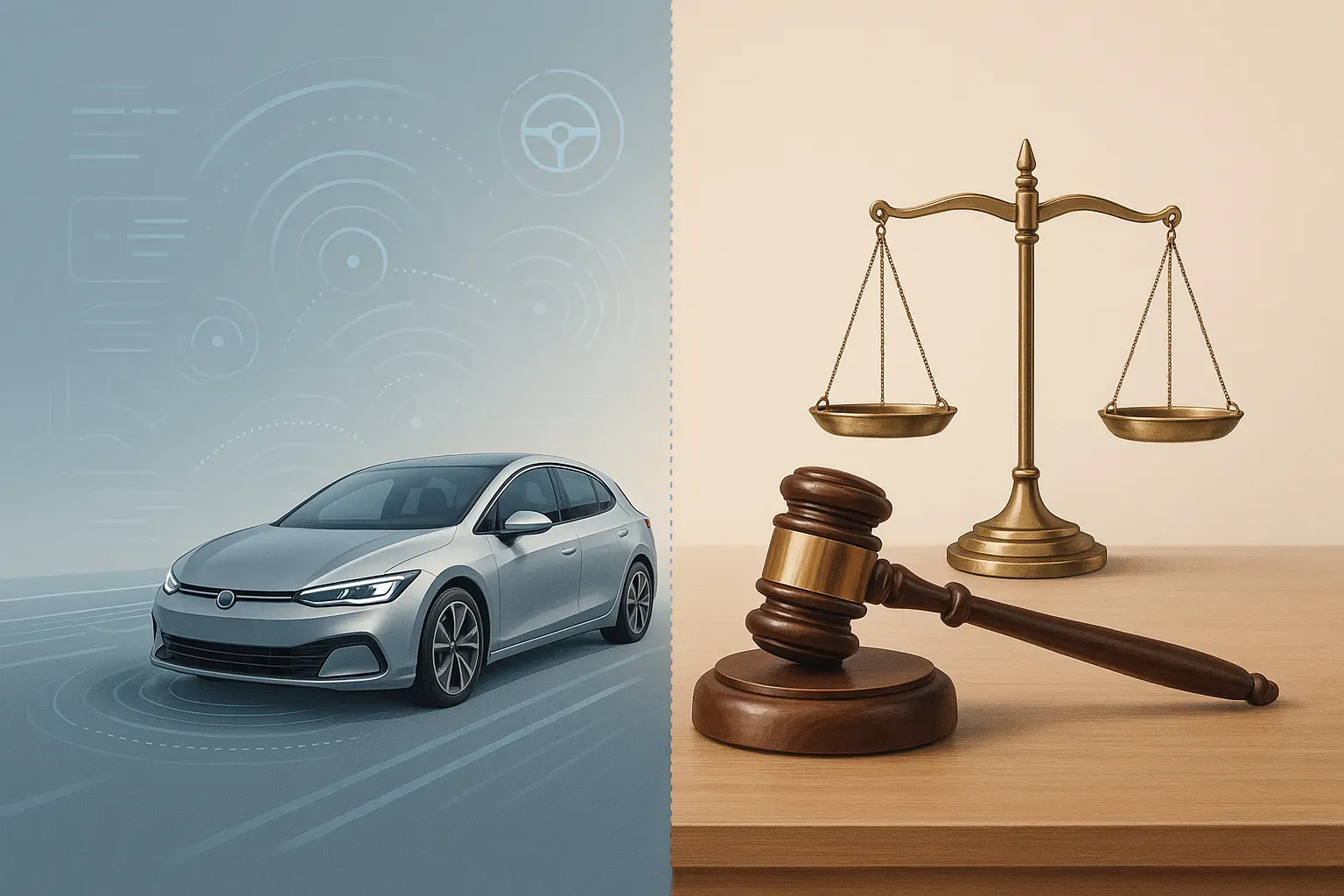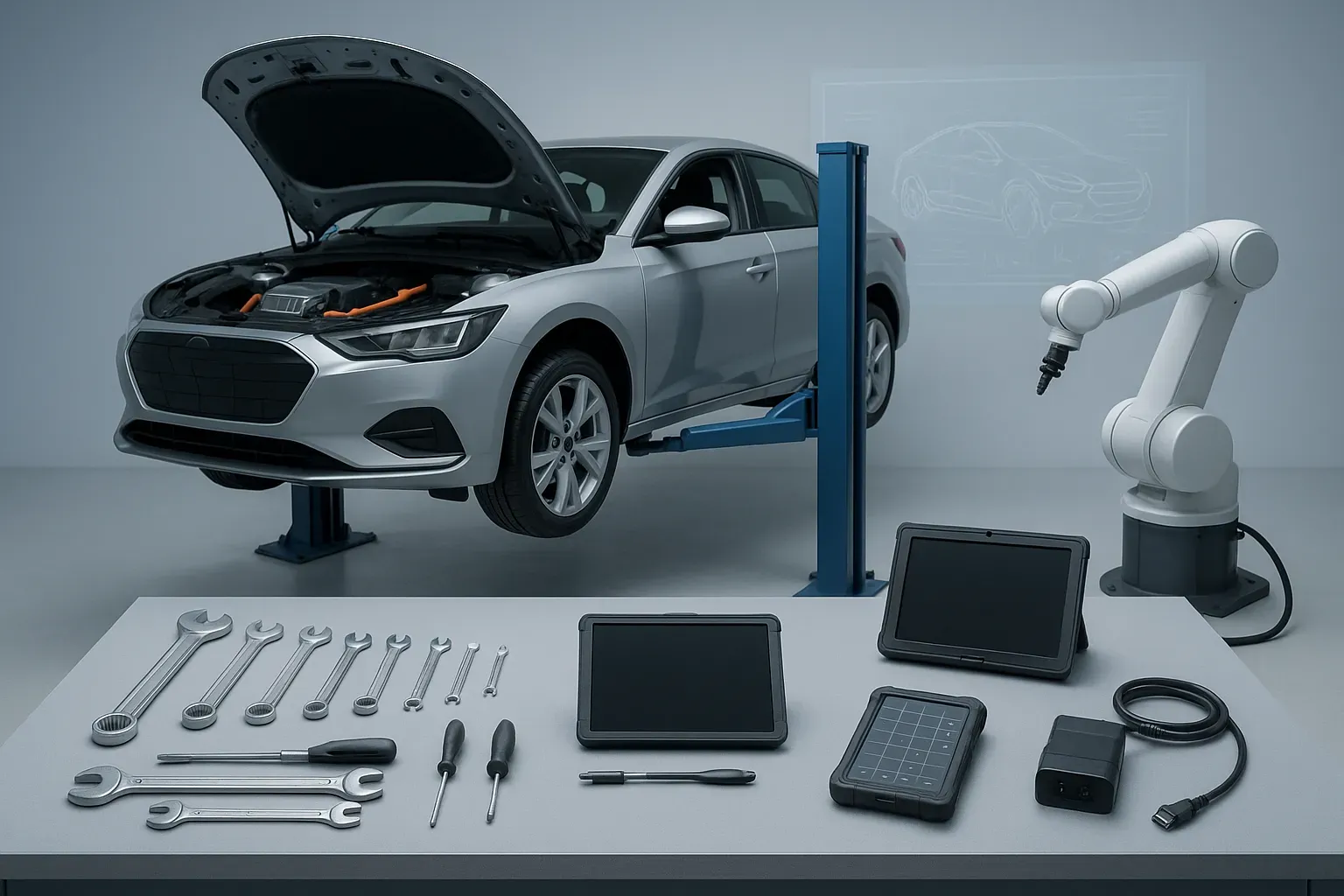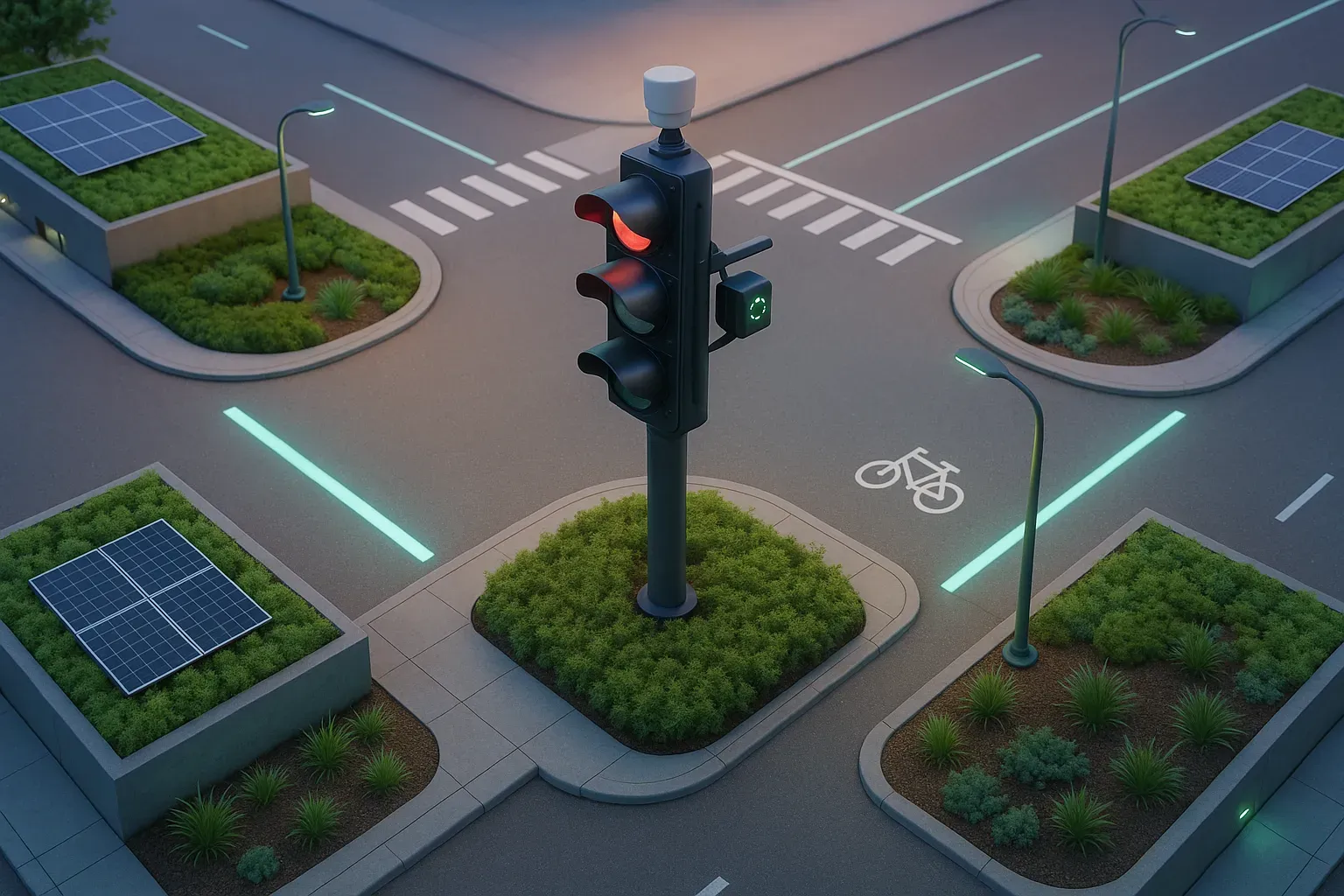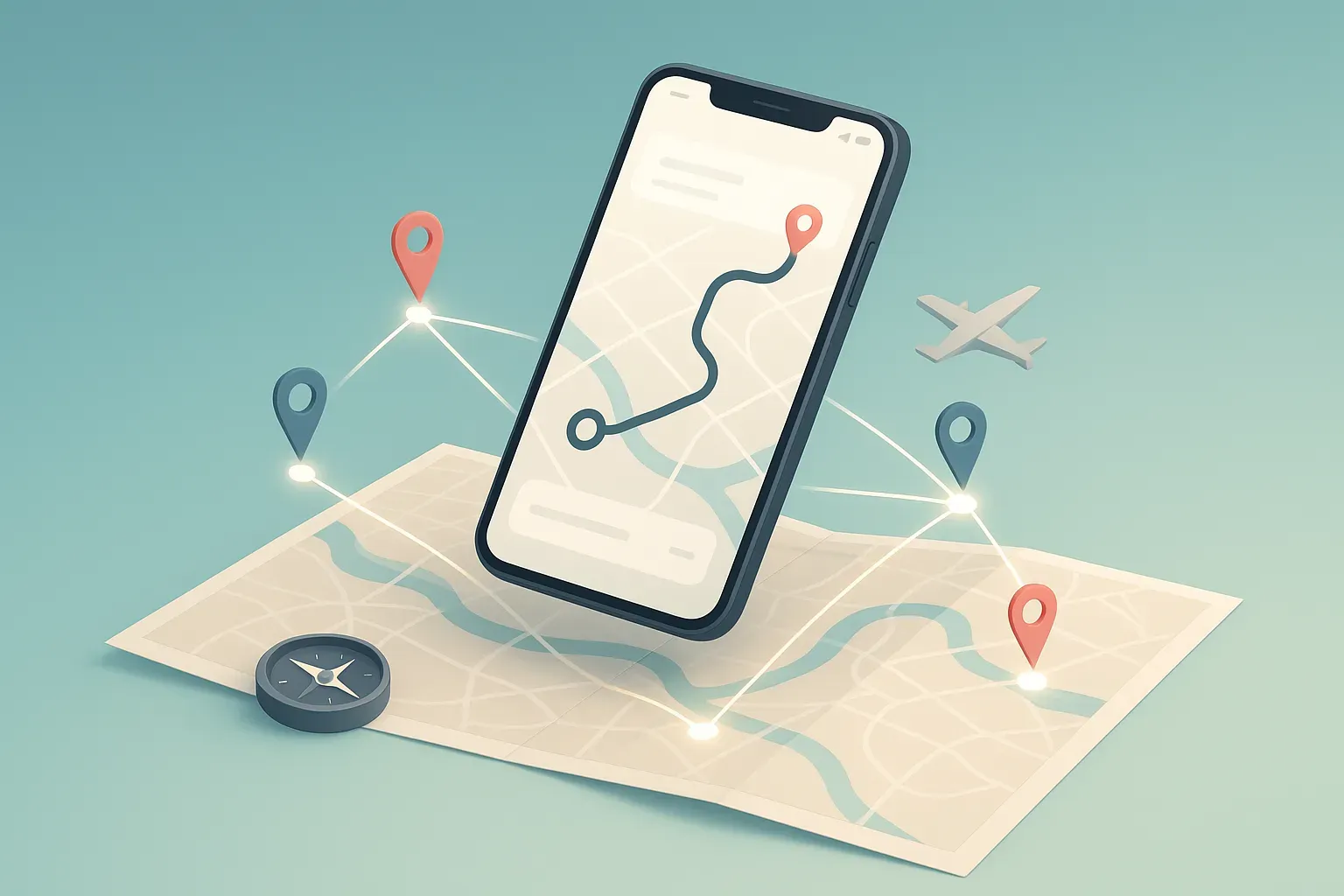Modern urban environments are rapidly transforming through the integration of smart infrastructure technologies. This article presents expert insights on breakthrough developments including intelligent traffic systems, smart grids, virtual power plants, and digital twins. These emerging technologies offer practical solutions to pressing challenges while reshaping how cities manage resources and serve their residents.
- Smart Grids Optimize Energy Use Across Cities
- Virtual Power Plants Balance Renewable Energy Demands
- Digital Twins Prevent Infrastructure Failures Proactively
- Intelligent Traffic Systems Transform Urban Mobility
Smart Grids Optimize Energy Use Across Cities
One technology within the smart infrastructure realm that I believe holds tremendous potential is smart grid energy management systems. I recently worked on a pilot project where we integrated real-time sensors and AI-driven analytics to monitor energy usage across multiple municipal buildings. The system could automatically adjust lighting, heating, and cooling based on occupancy and weather patterns, which immediately reduced energy waste. What excites me most is how this technology scales—not just for individual buildings but entire cities—allowing for better resource allocation and lower environmental impact. I’ve seen firsthand how smart grids can provide both operational efficiency and cost savings, while also giving city planners actionable insights to plan for future energy demands. The combination of sustainability, efficiency, and data-driven decision-making makes smart grid technology one of the most promising tools for shaping a more resilient and environmentally responsible infrastructure.

Virtual Power Plants Balance Renewable Energy Demands
Virtual Power Plants (VPPs) that orchestrate buildings, batteries, and EVs
Why this has the most upside:
– Big decarbonization fast: VPPs shave peak demand and soak up midday renewables without building new peaker plants.
– Reliability without new steel: Software coordinates what we already own (HVAC, water heaters, home or onsite batteries, EV chargers) to balance the grid in seconds.
– Affordable by design: It is a control-layer upgrade, not a massive infrastructure rebuild. Participants get bill credits while utilities avoid capex.
– Resilience at the edge: During stress events, VPPs isolate critical loads and keep essentials running.
– Scales naturally: Every new DER (solar roof, battery, fleet EV) is another node the VPP can enroll.
– Concrete impact: Pre-cooling buildings, briefly pausing water heaters, and shifting EV charging can cut local peaks by double digits, enabling more renewables and fewer outages, usually with no noticeable comfort change.
How to pilot:
Start with a single feeder. Enroll thermostats and EV chargers, use OpenADR (or similar) for dispatch, pay for performance, and measure peak reduction and response time.

Digital Twins Prevent Infrastructure Failures Proactively
If I had to pick one smart infrastructure technology with the most potential for good, I’d go with digital twins. They’re virtual replicas of real-world systems like a city’s water pipes, transit network, power grid, etc.
Instead of waiting for a bridge to crack or a pipeline to burst, a digital twin can flag weak points early. That means repairs happen on time, disasters are avoided, and cities save money.
Then there’s disaster planning. Climate change is making floods, storms, and heat waves worse. With a digital twin, a city can simulate those scenarios and build playbooks in advance. Instead of scrambling when things go wrong, they’re already prepared.

Intelligent Traffic Systems Transform Urban Mobility
One technology I see as particularly transformative in the smart infrastructure realm is intelligent traffic management systems. These systems use sensors, cameras, and AI algorithms to monitor and optimize the flow of vehicles in real time, adjusting signal timings, detecting congestion, and even predicting traffic patterns before they become problematic.
I believe this holds massive potential because traffic congestion isn’t just an inconvenience—it has measurable economic, environmental, and social costs. Smarter traffic management can reduce commute times, lower fuel consumption, and cut emissions, which has a direct positive impact on air quality and urban livability. It also improves emergency response times by clearing routes when needed and can integrate with public transportation systems to make cities more efficient overall.
What excites me most is that this technology doesn’t require building entirely new infrastructure; it leverages existing roads, lights, and sensors, making it a cost-effective solution with immediate benefits. Cities that have piloted these systems have seen notable reductions in congestion and accidents, proving that smarter coordination can transform daily life in tangible ways. For me, it’s a perfect example of how targeted, data-driven technology can solve real-world problems while supporting sustainability and quality of life in urban environments.


